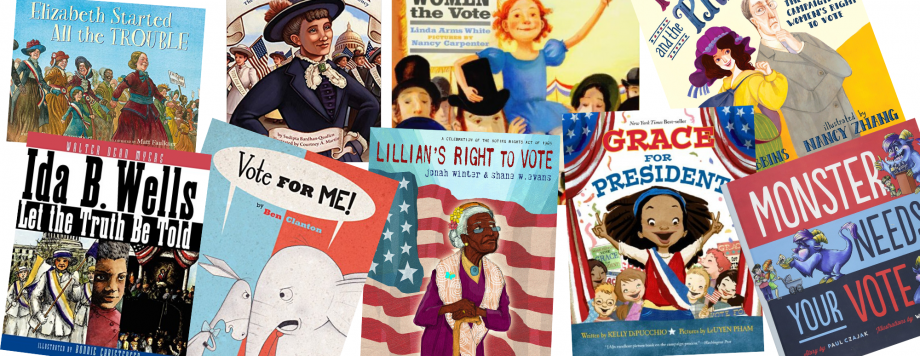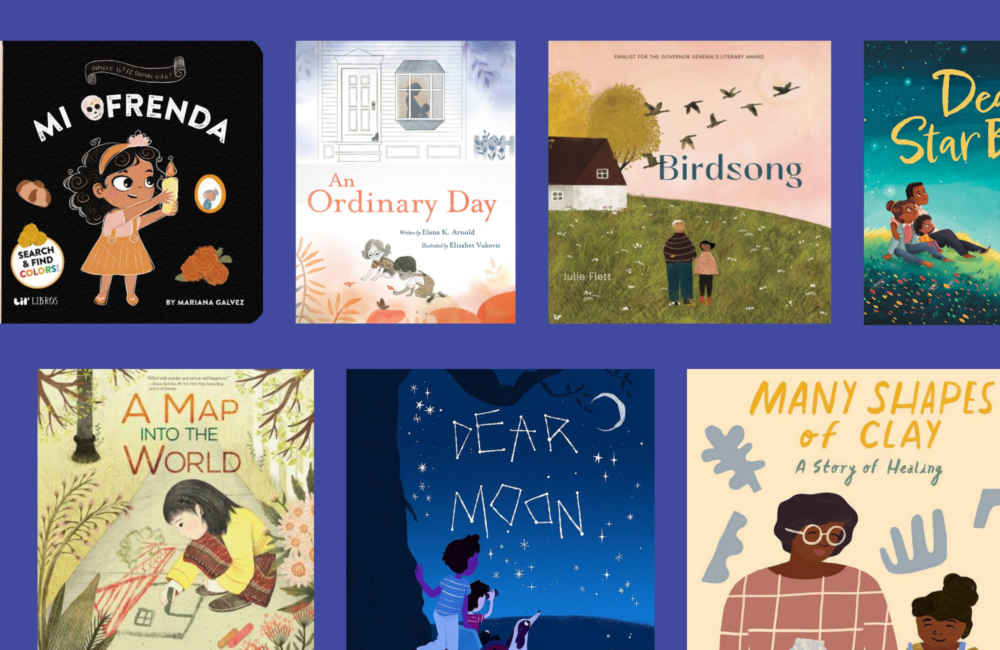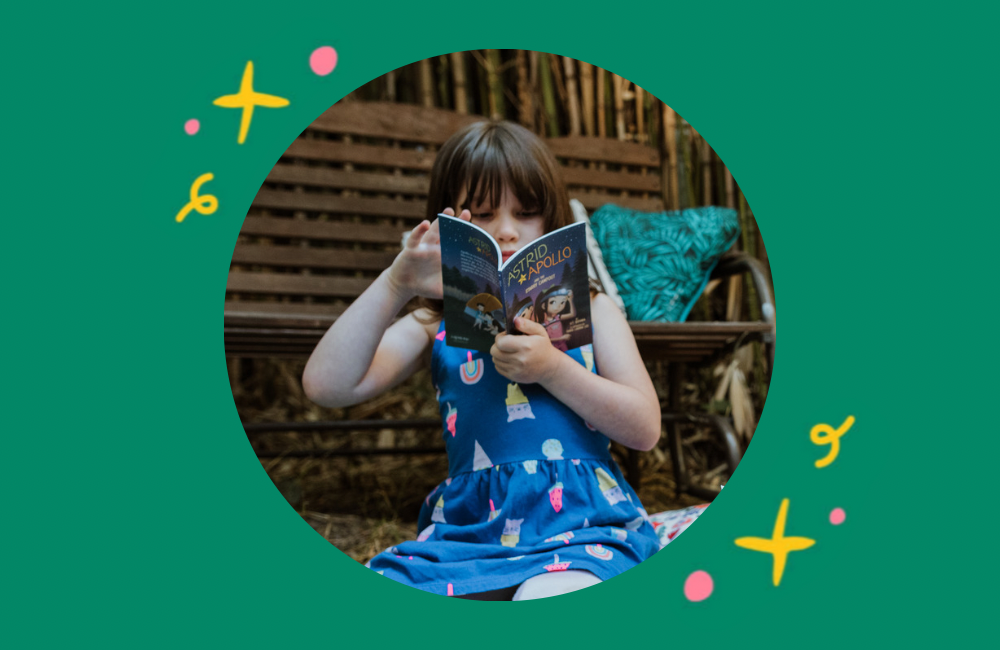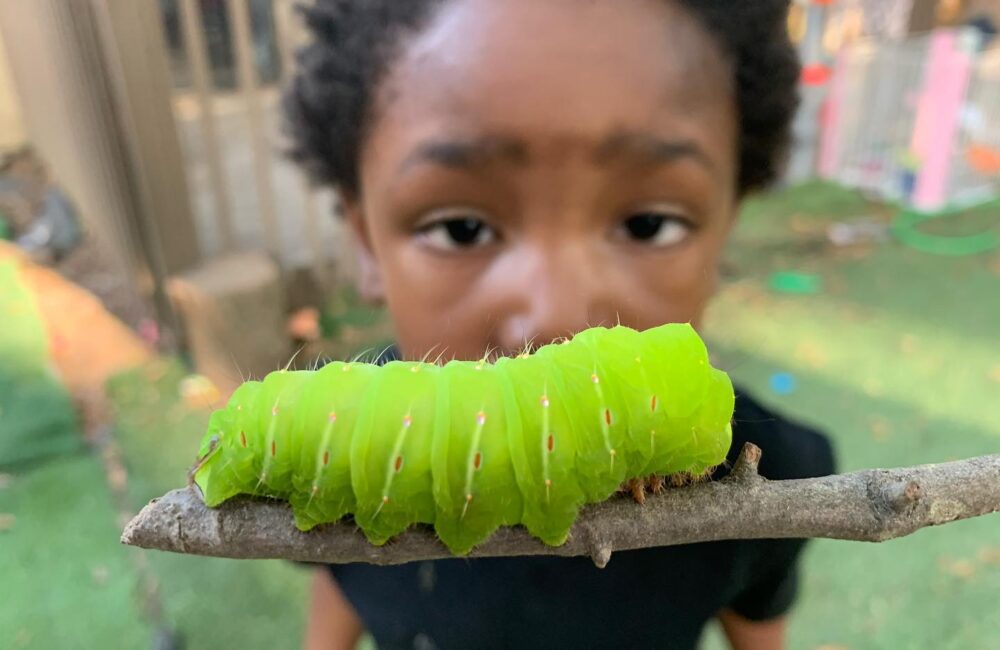With voting season right around the corner, Little Feminist wanted to compile our favorite books about voting and women’s fight to vote. From historical figures to fictional fun, this list has a great mix of books for readers from three to ten years old!

Vote for Me
- Written and Illustrated by Ben Clanton
- Published in 2012
- For ages 3-6
“Hey, you! You should vote for me!” So begins Donkey and Elephant’s bickering, immature insults, and cheap swings, as they both vie to get your vote. But who really wins?
What we love: This is a simple way for your little reader to understand the shortcomings of America’s two party system. The candidate who wins is the one who focuses on what their constituents want rather than berating their opposition.
Things to know: The story does illustrate conflict as Donkey and Elephant throw insults back and forth at each other. None of these insults are particularly terrible, but if you’re worried your child might be influenced in a negative way, it might be good to talk about how they would feel if someone said that to them.

Monster Needs Your Vote
- Written by Paul Czajak
- Illustrations by Wendy Grieb
- Published in 2015
- For ages 3-8
When it comes time for Monster to vote for president, he decides to run for the office himself! But his platform of extending summer and candy at every meal isn’t attracting voters. When Monster sees that the local library is about to shut down, he changes his platform and things start to change!
What we love: In short and sweet rhyming stanzas, this book illustrates the importance of politicians addressing issues that concern their constituents.
Things to know: Monster is gendered with male pronouns, which is a little disappointing considering the prevalence of men in political office. Female pronouns could have been used or the monster could have been completely ungendered.

Miss Paul and the President
- Written by Dean Robbins
- Illustrations by Nancy Zhang
- Published in 2016
- For ages 4-6
When newly elected President Woodrow Wilson stepped off the train in Washington D.C., there were no crowds to greet him. The crowd had gathered instead at Alice Paul’s parade for women’s suffrage! In bright, flowing images, Miss Paul and the President documents how Alice Paul fought to secure Woodrow Wilson’s support for the women’s right to vote.
What we love: We love Alice Paul’s determination and how the story emphasizes the strength and influence of women. It is Alice who organizes a parade protest and a meeting with the President. It is Margaret, the President’s daughter, who encourages him to support the suffragettes. Things to know: While the book describes an important moment in the Women’s Suffrage movement, it is worth remembering that it was mostly middle-to-upper-class white women who were suffragettes. Whether or not Alice Paul was racist and anti-Semetic is debated. Often, women of color and poor women were not included in these discussions, which is reflected in the illustrations. This book doesn’t address this issue, but that doesn’t mean you can’t! Take the opportunity to ask your little reader where the people of color are in the book and why they think they can’t find any.

Ida B. Wells: Let the Truth Be Told
- Written by Walter Dean Myers
- Illustrations by Bonnie Christensen
- Published in 2008
- For ages 4-8
Ida’s sense of justice started at a young age when she noticed that black people were not allowed to enter certain places, work at certain jobs, or receive a fair trial. This little girl became an incredible leader who fought for several causes, one of which was suffrage. In addition to fighting for the rights of black people she was an activist within the suffrage movement.
What we love: Ida’s strength, perseverance, and determination to continue writing and reporting on lynchings and hate crimes even after receiving death threats is inspiring and historically important. She organized and she organized boycotts of white-owned businesses in response to lynchings. Myers, a five time winner of the Coretta Scott King award, also wrote about racism within the women’s suffrage movement and how Ida was asked to walk in the “‘colored’ section” during marches, which she refused to do.
Things to know: Even though the book tackles some complicated topics the overall tone remains easy and understandable for younger readers. Lynchings are described in a rather mild fashion and there are no depictions of them. Something else to keep in mind is that Christensen whitewashes many Black people in the illustrations giving the impression that they have light brown skin. This is a point you may want to stop at with your little reader and have a discussion. Another prominent Black female activist was Fannie Lou Hamer who fought for women’s right to vote and was a leader in the Civil Rights movement. A great book about her is Voice of Freedom: Fannie Lou Hamer: The Spirit of the Civil Rights Movement by Carole Boston Weatherford.

Ballots for Belva: The True Story of a Woman’s Race for the Presidency
- Written by Sudipta Bardhan-Quallen
- Illustrations by Courtney A. Martin
- Published in 2008
- For ages 5-7
Once young Belva heard that anyone with a little faith could move mountains, she never stopped trying. Belva fought to be admitted to the National University Law School, then fought again to receive her diploma and become the first woman to graduate from the university. She overcame many more obstacles before she ran for president in 1884.
What we love: Belva wasn’t the first woman to announce her bid to run for president, but she was the first one to successfully become a candidate.
Things to know: The book touches on how some women, even those associated with the National Woman Suffrage Association, did not support her bid for the presidency. They believed she was making a joke of the fight for women’s suffrage. This has the potential to be an excellent discussion point with your little reader. How can movements be exclusive? Was Belva doing something wrong? Why did some women not support her?

Grace for President
- Written by Kelly DiPucchio
- Illustrations by LeUyen Pham
- Published in 2008
- For ages 5-10
“Where are all the girls?” Grace asks, when her teacher unrolls a poster with pictures of all the presidents. Her question begins a school wide election creating an opportunity for the kids to learn about campaigns, the electoral college, and, most importantly, how to listen to their constituents!
What we love: Yes! This book is great, we hope a female president will be elected soon! Another book about a young girl’s excitement about elections and women office holders is Isabella: Girl in Charge by Jennifer Fosberry, but the storyline is not as compelling as Grace.
Things to know: Grace’s opponent is Thomas Cobb, a kid who appears to be a white, cis-boy. While this book doesn’t address racial issues, it could be a good discussion starter for your little readers about racism and sexism. The way the votes go is sort of funny — almost all the boys vote for Thomas and all the girls vote for Grace. This doesn’t feel very realistic, or at least not what we would hope for.

Elizabeth Started All the Trouble
- Written by Doreen Rappaport
- Illustrations by Matt Faulkner
- Published in 2016
- For ages 6-9
When real suffragette Elizabeth Cady Stanton and her friend are denied entry to an important meeting just because they are women, it sets a series of events into motion. From the historic Seneca Falls Convention to Wyoming becoming the first state where women could vote, Elizabeth Started All the Trouble skips in and out through the ages of fighting for women’s rights, bringing readers right up to present day.
What we love: We love the engaging storyline, dynamic illustrations, and the fact that this book doesn’t focus exclusively on Cady’s life. Other activists and influential people including Abigail Adams, Lucretia Mott, Sojourner Truth, Susan B. Anthony, and Amelia Bloomer are mentioned. This gives readers a deeper understanding of the fight.
Things to know: Rappaport doesn’t really address the issue of racism within the suffrage movement. Additionally, illustrator Faulkner depicted the movement for equal rights as full of racial diversity. We worry this spread tokenizes diversity — let us know what you think in our comments below. If you’re looking for a great book about Susan B. Anthony, Heart on Fire by Ann Malaspina is a good start.

I Could Do That! Esther Morris Gets Women the Vote
- Written by Linda Arms White
- Illustrations by Nancy Carpenter
- Published in 2005
- For ages 7-9
When only the big girls get to make the tea, Esther says “I can do that!” When her mother dies and the kids have to take care of each other, Esther says “I can do that.” When men have the right to vote but not women, Esther says “I can do that!” And she did.
What we loved: Esther has the utmost confidence in herself, never taking ‘no’ for an answer. She was the first woman person to become a justice of the peace!
Things to know: Esther specifically pushed for the vote in Wyoming, the first state to grant women the right to vote. The author uses the word ‘negro’ once, and depending on the reader, this word can be very offensive. One sentence to discuss with your kiddos is: “there was always a need for someone to nurse the sick and wounded, sew clothes, etc.” Why couldn’t men as well as women nurse the sick and wounded or sew clothes?

Lillian’s Right to Vote
- Written by Jonah Winter
- Illustrations by Shane W. Evans
- Published in 2015
- For ages 7-10
It’s Voting Day. When Lillian looks up, she sees more than blue skies, she sees history — the history of her family and their fight for the right to vote. She sees the history of the nation, as its people march for Civil Rights, as it grapples with institutional racism. She sees the people who died for this day and made it possible for her to walk up that steep hill of history and vote.
What we love: The text does not shy away from describing the racism that Lillian and her family experienced and presents the struggle of losing people to hate crimes and police brutality in a straightforward way. We love the metaphor comparing Lillian’s climb up a steep hill to the upward battle for the right to vote. Her strength and determination are wonderful reminders as to why voting is so important.
Things to know: This book commemorates the 50th anniversary of the passage of the Voting Rights Act!
Now that you’ve seen our favorite books about voting, we hope your little readers are inspired to make some change themselves! And for all the big readers out there, if you have the means, we encourage you to vote in your upcoming local elections!
Happy voting!
Thank you to Stacy Nekora for her most perfect photo.






 in Oakland, CA
in Oakland, CA